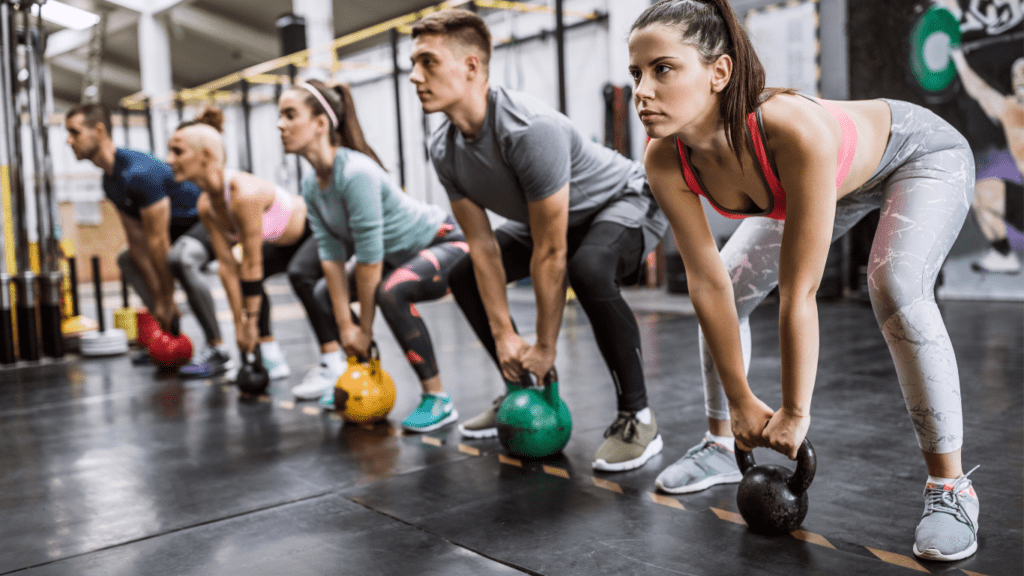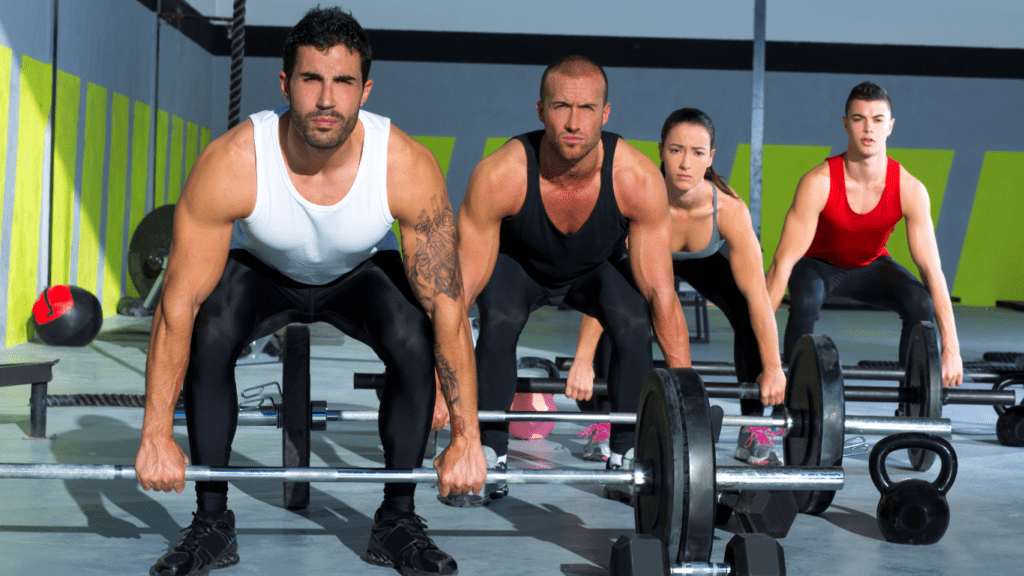Working out alone can sometimes feel like a grind, but small group workouts bring a whole new energy to fitness. There’s something about sweating it out with a team that pushes you harder and keeps you coming back for more. It’s not just about camaraderie—it’s about accountability, motivation, and results.
Benefits Of Small Group Workouts
Small group workouts merge team dynamics with focused goals, providing physical progress and encouraging mental perseverance. These sessions balance individual needs and group energy, offering unique advantages.
Enhanced Motivation And Accountability
Group environments intensify commitment levels. Tracking progress alongside others inspires consistency and effort. In a group context, skipping workouts feels less acceptable, as peers rely on shared dedication. Celebrating milestones together reinforces a support system that builds accountability.
Personalized Attention With Team Energy
Small group settings offer customized attention without forfeiting collective enthusiasm. A coach tailors movements and techniques, reducing injury risks while boosting efficacy. Simultaneously, working in a group instills camaraderie, pushing limits that might feel unattainable alone.
Cost-Effective Training Option
Small group workouts balance affordability and expertise. Pricing splits trainer costs among participants, reducing expenses compared to individual sessions. Despite lower costs, professional guidance and structured programming remain consistent.
Key Components Of Effective Team Training

Effective team training demands structure and purpose to maximize results for every participant. By focusing on essential elements, small group workouts can deliver transformative physical and mental improvements.
Setting Clear Goals
- Defining specific, measurable goals gives every session direction and purpose.
- I ensure every participant understands the overarching objectives, whether it’s improving stamina, building strength, or losing weight.
- Aligning individual aspirations with group milestones promotes consistent progress and keeps everyone engaged.
- One team might aim to complete a 5K together, while another focuses on mastering advanced strength-training techniques.
Incorporating Variety In Workouts
Using diverse exercises prevents monotony and keeps teams physically challenged. I design sessions that combine different fitness modalities like:
- HIIT
- functional training
- cardio circuits
Rotating activities helps target various muscle groups and sustains long-term motivation. When each workout feels fresh, participants approach sessions with renewed energy, whether they’re tackling kettlebell drills, bodyweight circuits, or agility ladder drills.
Encouraging Team Support And Collaboration
Building a supportive environment strengthens performance and accountability. I encourage participants to celebrate each success, provide constructive feedback, and uplift one another during challenges. For example, setting up partner-based drills or grouping individuals for friendly competitions fosters camaraderie while driving individual improvement. Strong team bonds translate into higher participation rates and improved adherence to fitness goals.
Types Of Small Group Workout Programs
Small group workouts cater to various fitness goals, ensuring participants stay engaged while targeting specific areas of improvement. The type of program depends on preferences and desired outcomes.
Strength Training Groups
Strength training groups focus on building muscle mass, increasing endurance, and enhancing functional strength. Exercises in these sessions typically include weightlifting, resistance band drills, and compound movements like squats, bench presses, and deadlifts. Programs often use progressive overload to ensure participants gradually increase strength. Coaches guide proper technique, reducing injury risks and maximizing efficiency in each movement.
Cardio-Focused Sessions
Cardio-focused sessions aim to improve cardiovascular endurance, burn calories, and boost stamina. These programs incorporate activities like high-intensity interval training (HIIT), circuit cardio drills, or running-based workouts. High-energy exercises maintain participant involvement and provide heart health benefits. These sessions frequently include quick transitions between movements to elevate heart rates and keep energy levels elevated throughout.
Hybrid Workouts For Overall Fitness
Hybrid workouts combine strength and cardio training elements to develop balanced fitness levels. These programs often blend weight resistance training with aerobic exercises like kettlebell swings, burpees, and rowing intervals. The variety in movements ensures participants improve agility, strength, and endurance simultaneously. Coaches tailor intensity and complexity to suit mixed fitness levels, making hybrid routines accessible to diverse groups.



 Founder & Head Performance Strategist
Founder & Head Performance Strategist
